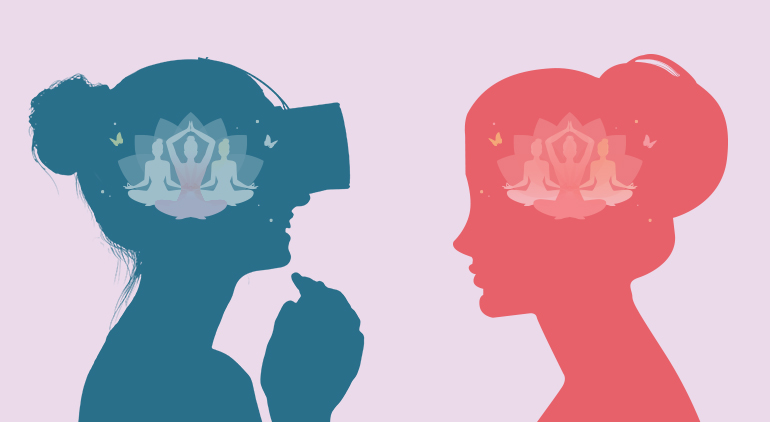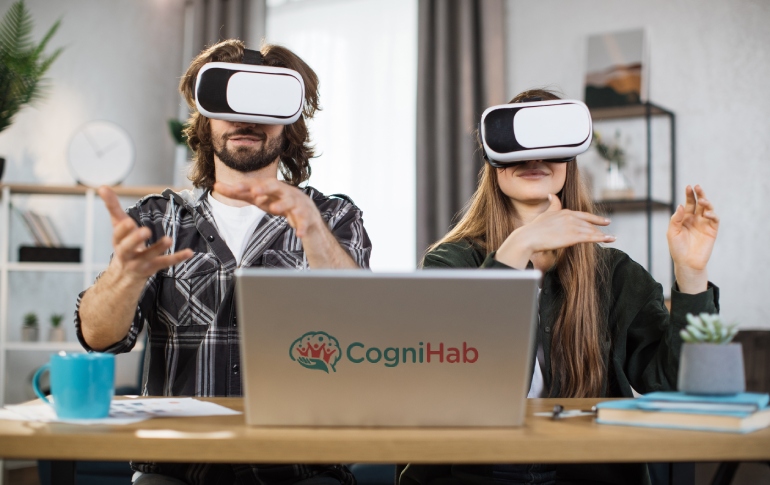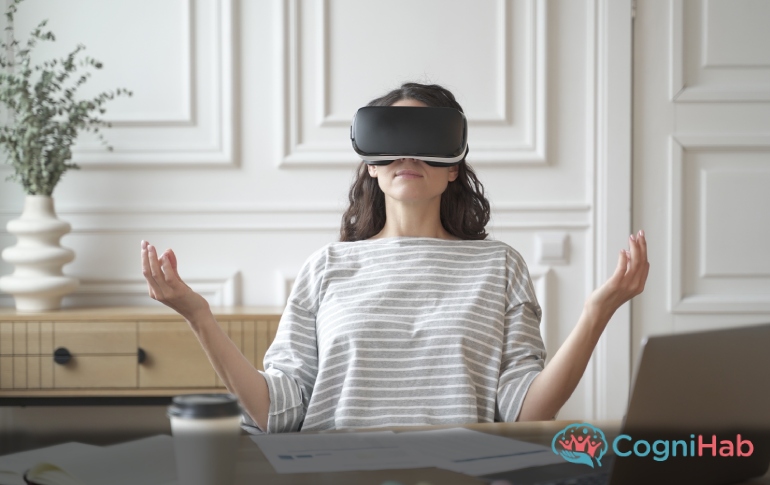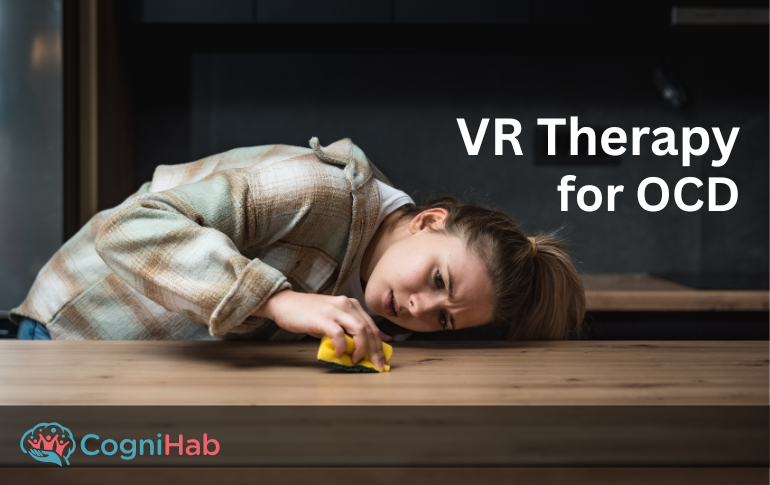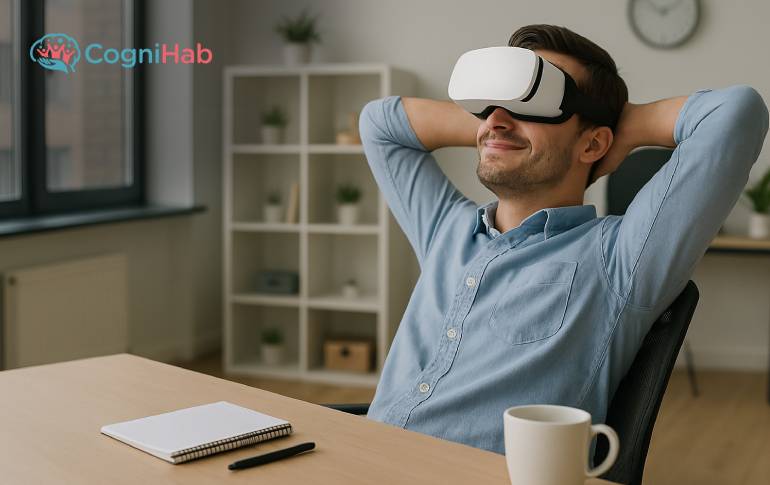Empathetic Remedies Through Virtual Reality
“The nature of humanity, its essence is to feel another’s pain as one’s own and to act to take that pain away. There is nobility in compassion and a beauty in empathy.”
John Conolly had rightly commented on the importance of empathy, especially in Healthcare. And what better way to enhance it than by using technology?
Technology is consistently being invested in by the healthcare segment for various uses. Virtual Reality is being added to the armament of training solutions, especially for empathy enhancement.
For the past decade or so, medical applications of Virtual Reality have been constantly developing. Technology is no longer just a research curiosity, but a commercially and clinically important application.
The current valuation of AR VR in the healthcare industry is $900 million and it is predicted to hit a $3 billion valuation by 2023.
This blog will explore how VR helps create a more resilient and flexible way of ensuring that doctors are assured an engaging training experience in improving their empathy towards patients so that they will prove to be even more efficient in the Healthcare industry.
Applications of VR as an Empathy Machine
Let us explore the real-life applications of using virtual reality to teach empathy, and how it has proven to be beneficial to the patients and doctors by ensuring that the gap between the two is bridged as much as possible.
1. Closest to being inside a patient’s head
Tech giants like Oculus and Sony use VR to create an environment where doctors can feel the exact symptoms and conditions being experienced by their patients.
For example, doctors can watch a three-dimensional video to understand what it feels like to deal with cancer using VR for cancer patients. The simulation of this video will be such that they can hear the thoughts of the patients they encounter through the immersive technology.
Virtual reality patient education can also help the doctors to guide the patients about the treatment procedure to reduce the stress and anxiety about surgery or operation.
This is arguably the closest that medical professionals have come to truly comprehending how patients feel.
2. Dealing with Generation Gaps
Virtual reality allows young doctors to empathize with older patients. By using VR, medical professionals can understand the levels of the discomfort of a disease or disorder.
For example, medical professionals can witness how an 80-year-old woman is dealing with high-frequency hearing loss, and what is the most efficient way to approach this ailment.
Research has proven that Alzheimer's virtual reality highly impacts doctors’ understanding of age-related conditions, especially those that affect sight and audio along with Alzheimer’s disease.
3. Breaking the News to Families
Hospitals worldwide facilitate empathy through VR by allowing doctors and medical students to have difficult conversations with patients and their families.
The VR environment will allow them to gain a first-hand experience of how the patient is feeling. This will help them become more sensitive to the situation.
For example, they could enact a scenario where the doctors have to practice giving news about terminal illnesses or end-of-life steps. By witnessing people's responses, doctors are able to tailor their delivery to be more considerate and prevent overly-distressing scenes.
4. Improving body language
It is a known fact that empathy does not always mean doctors saying, “I understand.” A professional’s body language while interacting with a patient is an integral form of non-verbal communication.
VR lets doctors interact with their projected environment as a patient. For example, they can move their bodies and experience visual or auditory stimuli just like a patient suffering from dementia would.
This type of interactive simulation will ensure that doctors don't merely study a condition and make recommendations, but they also live it. This will, in turn, make the doctors tailor their body language according to the condition the patient is suffering from, making them seem more empathetic.
5. Having the right start
Newer doctors usually pick up habits during their clinical rounds in hospital wards, where they learn from their residents. These are moments when they first encounter real patients and begin feeling less like a novice.
Sometimes, their hectic lives might lead them to disregard the patients’ actual feelings and follow the steps of their residents. They either speak to the patients in a dismissive way or provide the bare minimum details in a hurried manner.
VR can help correct these tendencies of new doctors as the environment can be manipulated in ways for them to cultivate empathy. This will help them stay grounded and learn to understand the emotions they go through.
Conclusion
There is now an opportunity and a need to leave the status quo behind and use new methods to ensure that the healthcare industry is constantly moving forward. VR experiences may never perfectly replicate real life.
But they can be used to affect attitudes and influence the behavior of professionals to facilitate constant growth. Cognihab, as always, will continue to present information on the application of Virtual Reality in the medical field. Stay tuned!


